Autumn usually takes its sweet time traveling down the canyons to the base of the Sierras into California‘s central valley. What begins in late September at 10,000 feet, takes a couple of months to make it down close to sea level. Around here, leaves don’t start changing until the beginning of December.
The cooler temperatures are not the only thing to be creeping down the river canyons this time of year. What during other times of the year would bring life giving water, to be spread out across this land, the river’s gift has been lazily meandering downhill, to slowly explore on it’s own the long way home. TheKaweah River , the river that generates the most in my life, spreads out in a broad alluvial fan once it breaks loose of the gravity of one of America Tulare Lake
Don’t get me wrong. This is not some discussion about wilderness vs. the plow. I like milk in my cereal. I like cheese on my burgers. I like cotton on everything that’s comfortable. Don’t forget about bacon! But I also enjoy tramping through land that was left alone to produce at it’s own will. Luckily there is a preserve on this alluvial fan of the Kaweah where the river jungle is allowed to breathe. This land was my destination one rainy day in early December, as the sycamores and wild grapevines were the first to be aged by autumn’s touch.
The cooler temperatures are not the only thing to be creeping down the river canyons this time of year. What during other times of the year would bring life giving water, to be spread out across this land, the river’s gift has been lazily meandering downhill, to slowly explore on it’s own the long way home. The
Don’t get me wrong. This is not some discussion about wilderness vs. the plow. I like milk in my cereal. I like cheese on my burgers. I like cotton on everything that’s comfortable. Don’t forget about bacon! But I also enjoy tramping through land that was left alone to produce at it’s own will. Luckily there is a preserve on this alluvial fan of the Kaweah where the river jungle is allowed to breathe. This land was my destination one rainy day in early December, as the sycamores and wild grapevines were the first to be aged by autumn’s touch.
Visiting here is kind of similar to stepping back in time to when the ancients, the Yokuts Indians, roamed the jungles and grasslands and mountains, and harvested and gathered from the wilds on their own terms and scale. This was the land of the Wukchumne and Yokodo. The Gawia and the Wolasi, and the Choinok. These bands of Yokuts all shared and thrived in and around these jungles. The celebrated researcher and author Frank F. Latta, who in his works describes these river jungles in his book “The Handbook of the Yokuts Indians”:
“Persons who have not lived along the San Joaquin Valley rivers prior to the time when they were cleared for farming and running cattle and sheep upon their bottom land, will scarcely believe the stories told by pioneers about the wild plant growth along those streams. As late as 1900 some of this growth still existed along the Merced River and along the nearbySan Joaquin , but only enough to suggest something of its previous rank nature. This jungle consisted not only of trees, but of wild grapes, several varieties of tule and willow, wild blackberries, nettles, grasses, and many other plants too numerous to mention.
It was not until the fall of 1925 that I became familiar with the last remaining jungle along the Kaweah river, which I was assured had been almost destroyed at that time, but which was even then beyond the belief of many persons who had lived for years within a few miles of it.”
“Persons who have not lived along the San Joaquin Valley rivers prior to the time when they were cleared for farming and running cattle and sheep upon their bottom land, will scarcely believe the stories told by pioneers about the wild plant growth along those streams. As late as 1900 some of this growth still existed along the Merced River and along the nearby
It was not until the fall of 1925 that I became familiar with the last remaining jungle along the Kaweah river, which I was assured had been almost destroyed at that time, but which was even then beyond the belief of many persons who had lived for years within a few miles of it.”
Giant Valley Oaks which provided sweet acorns, a major staple of the Yokuts’ diet. Most of them covered with wild grapes which share the oaks’ structure to produce a large abundance of their fruit. The grapes too bitter eaten fresh, but made into a jam to accompany the acorn cakes. Acorn cakes which were made with the grape leaves lining sand basins used to leach out the bitter tannins of the acorn meal. Groundcover is provided by wild blackberry, which is very similar to the cultivated Himalaya variety. Berry
- The wild blackberries were an important staple among the Yokuts Indians, who called it mah-mid. After gathering the berries they would lay them out on deer skins to dry. Once dry, they were taken to the mortars and pounded into a course meal, mixed with water, kneaded into a thick paste, and dried again. Thus being preserved, then stored in this state. To make jam when they wanted it, the Indians would again pound it into a coarse meal, add water, and cook in a basket with hot rocks. –
- The wild blackberries were an important staple among the Yokuts Indians, who called it mah-mid. After gathering the berries they would lay them out on deer skins to dry. Once dry, they were taken to the mortars and pounded into a course meal, mixed with water, kneaded into a thick paste, and dried again. Thus being preserved, then stored in this state. To make jam when they wanted it, the Indians would again pound it into a coarse meal, add water, and cook in a basket with hot rocks. –
A grove of sycamores, oaks, and giant black willows was on the opposite side of a pasture which once held as Latta explains;
“Two or three varieties of numerous types of grasses which were used by the local Indians in basket making, many of them growing to a height of eight feet or more and so thick that passage through them was made with difficulty.”
“Two or three varieties of numerous types of grasses which were used by the local Indians in basket making, many of them growing to a height of eight feet or more and so thick that passage through them was made with difficulty.”
A giant gnarled sycamore. Notice my backpack for reference.
Tree Tobacco
Blue Elderberry on the left.
Giant Black Willows.
On the way home, I stopped by Rocky Hill, also known as Chahka Shahna, to gaze at a small rock wall built by the ancient Yokodo. It is believed that this wall was used in antelope hunts as a way to herd them into a trap of some sort.
Couldn’t have picked better weather for a day of being reminded of how this land has provided for us all for a very long time. I know it has past for this year, but Happy Thanksgiving everyone.

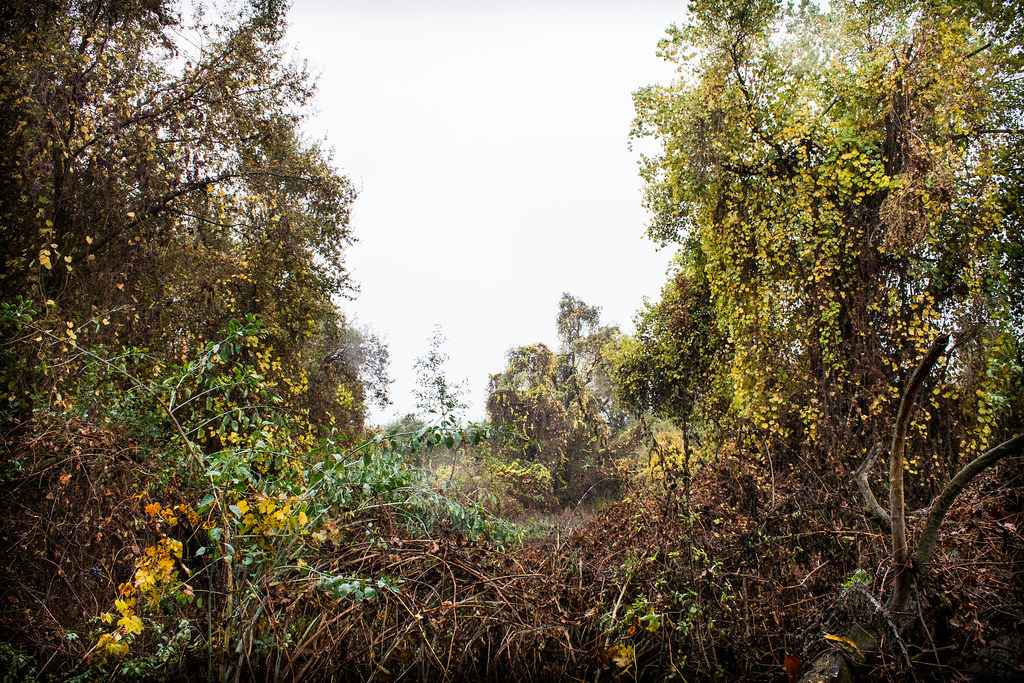

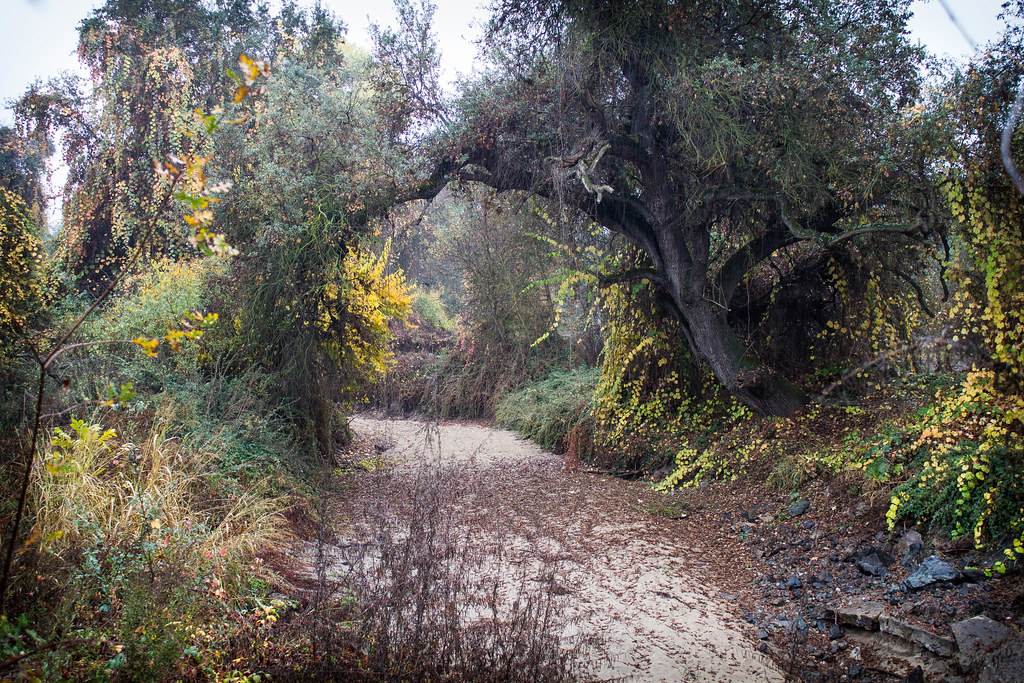

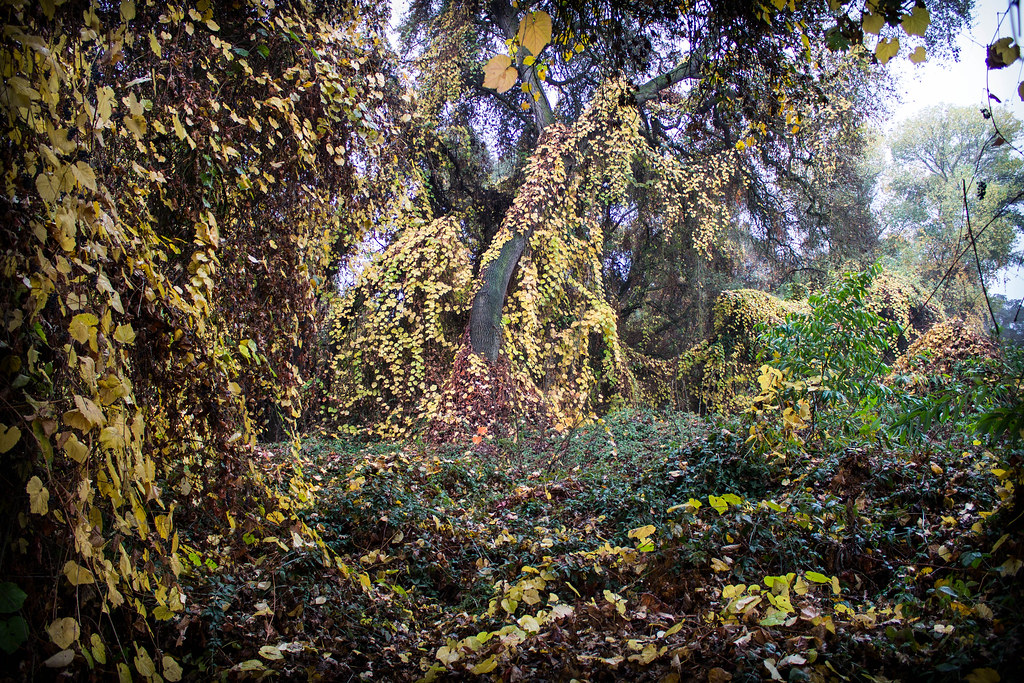
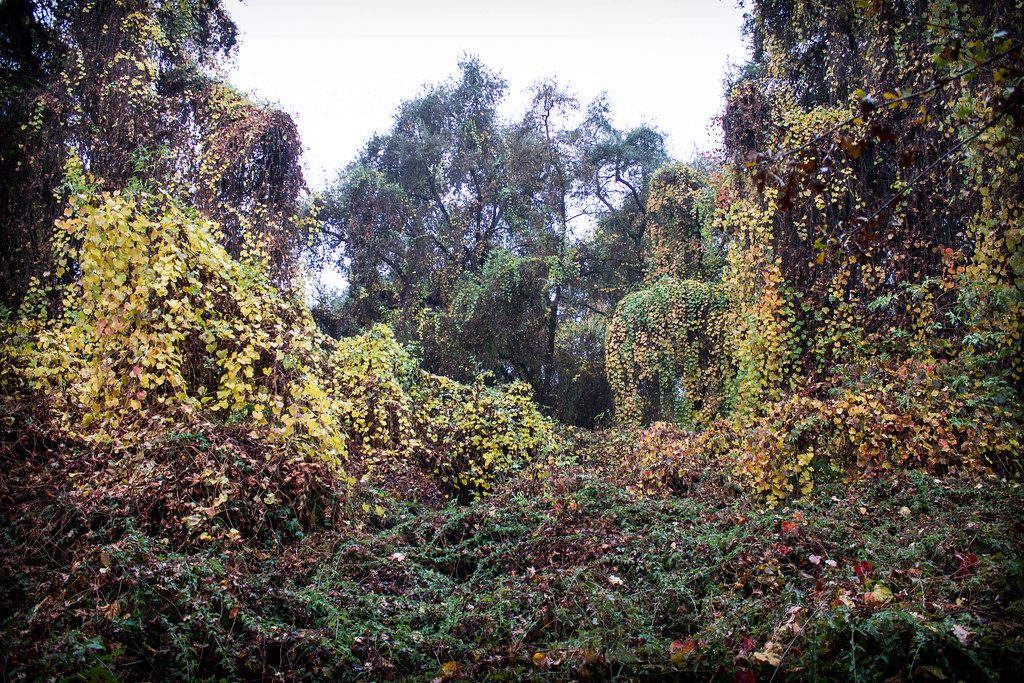

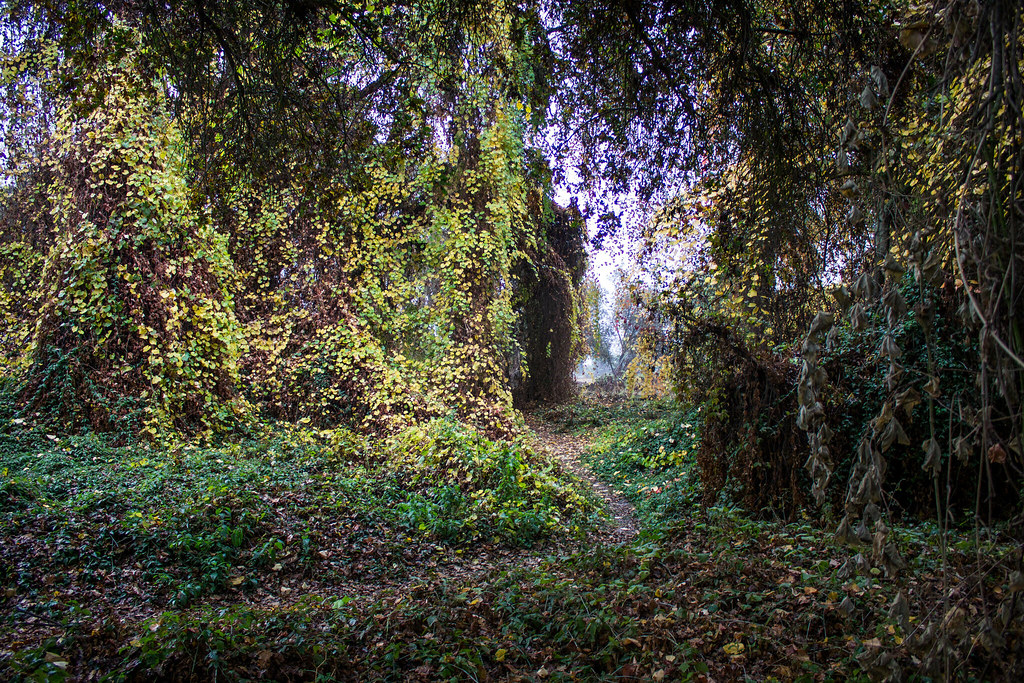
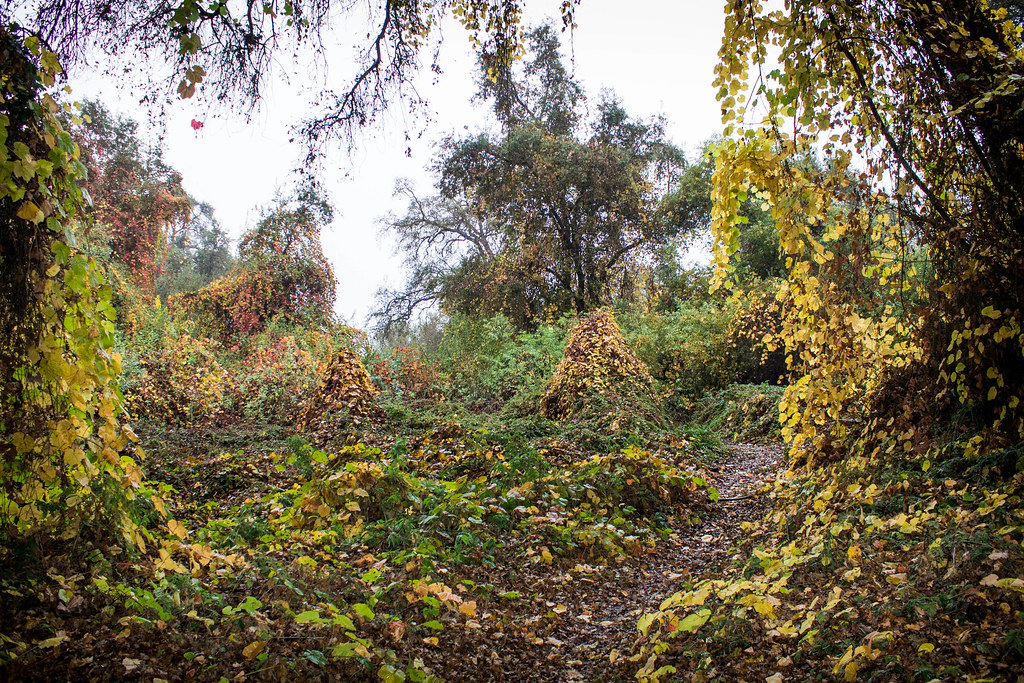



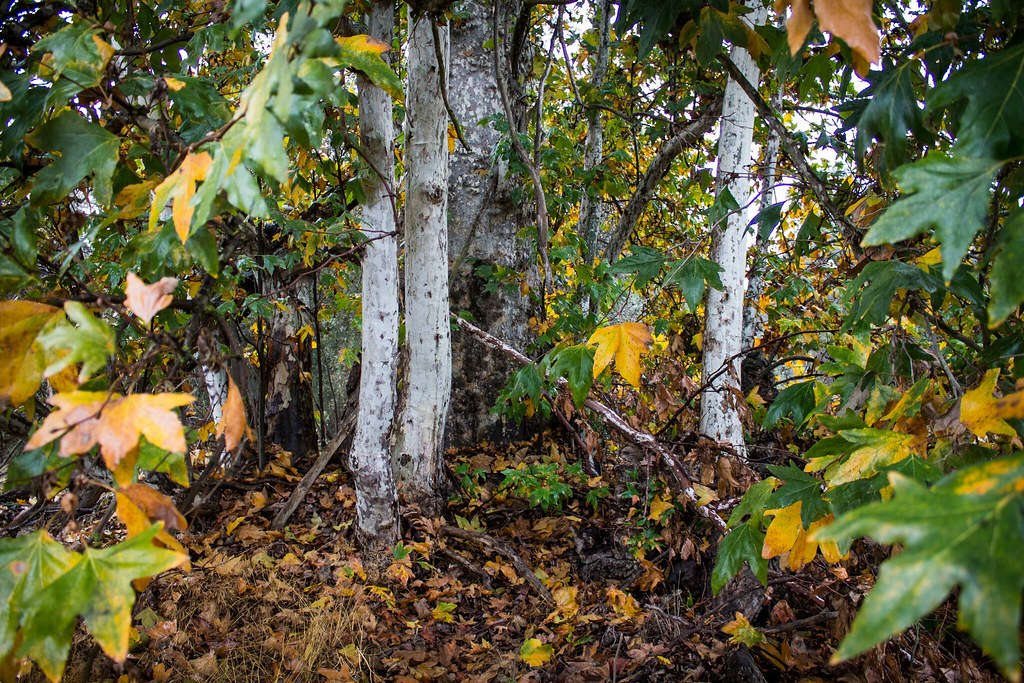

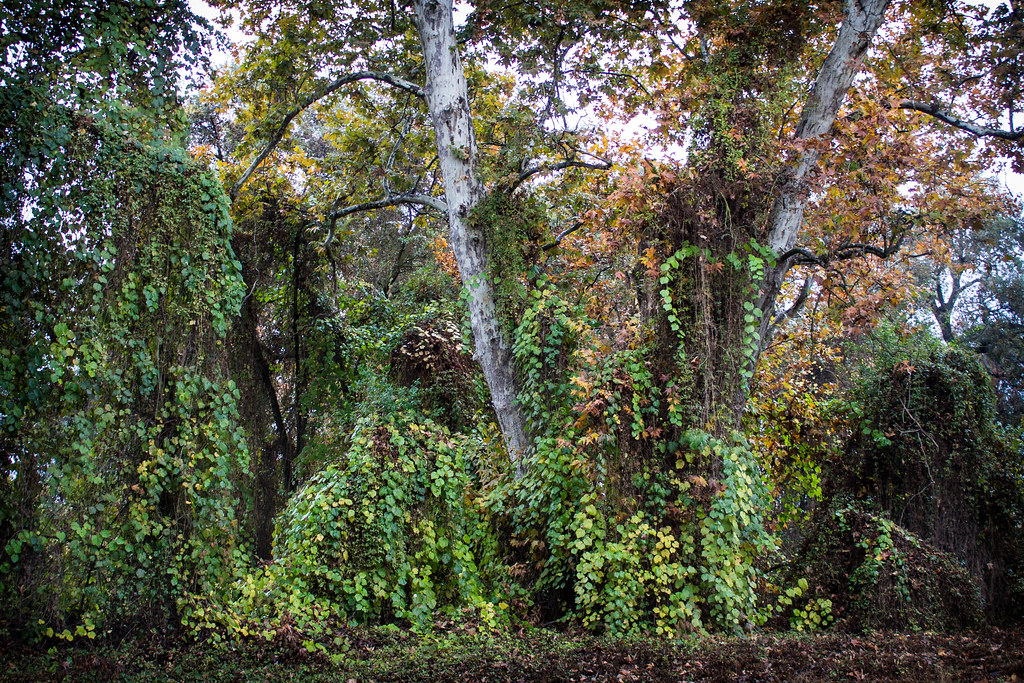
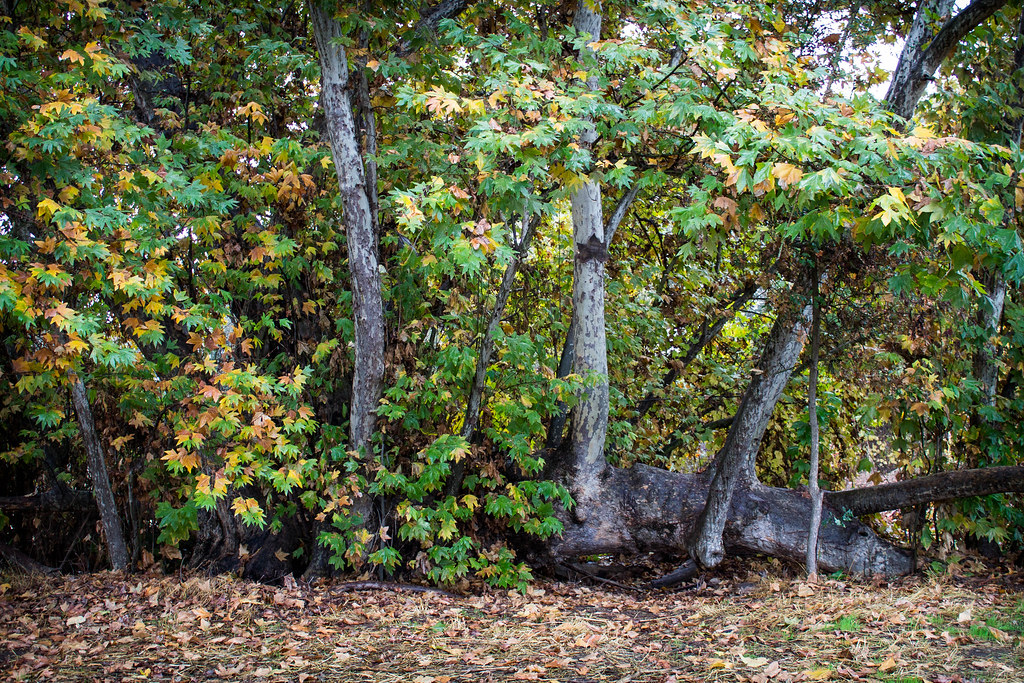

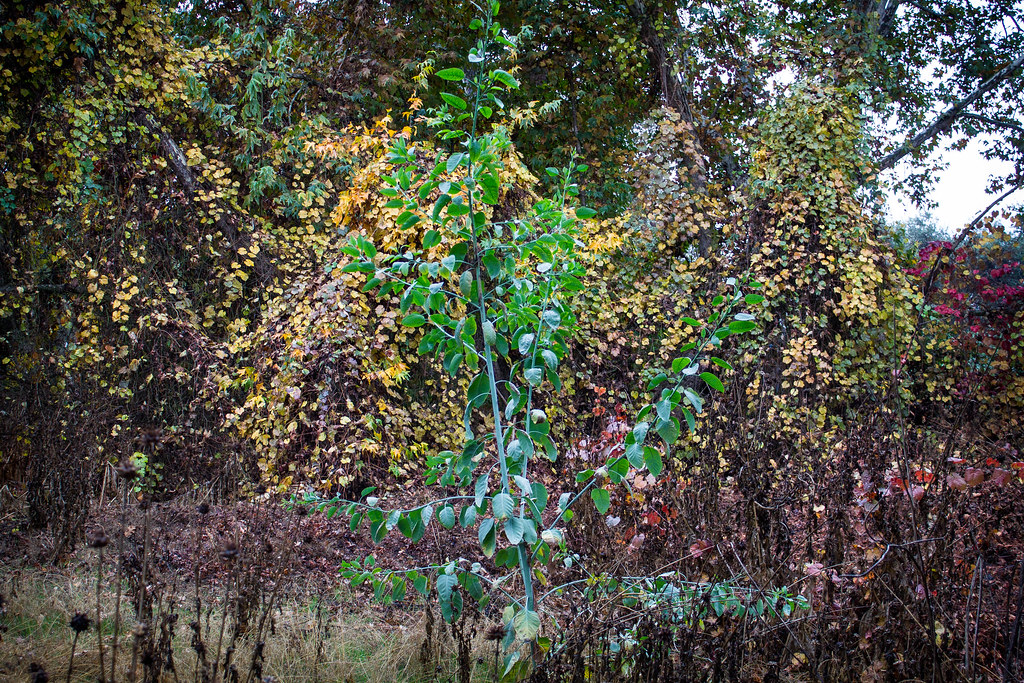


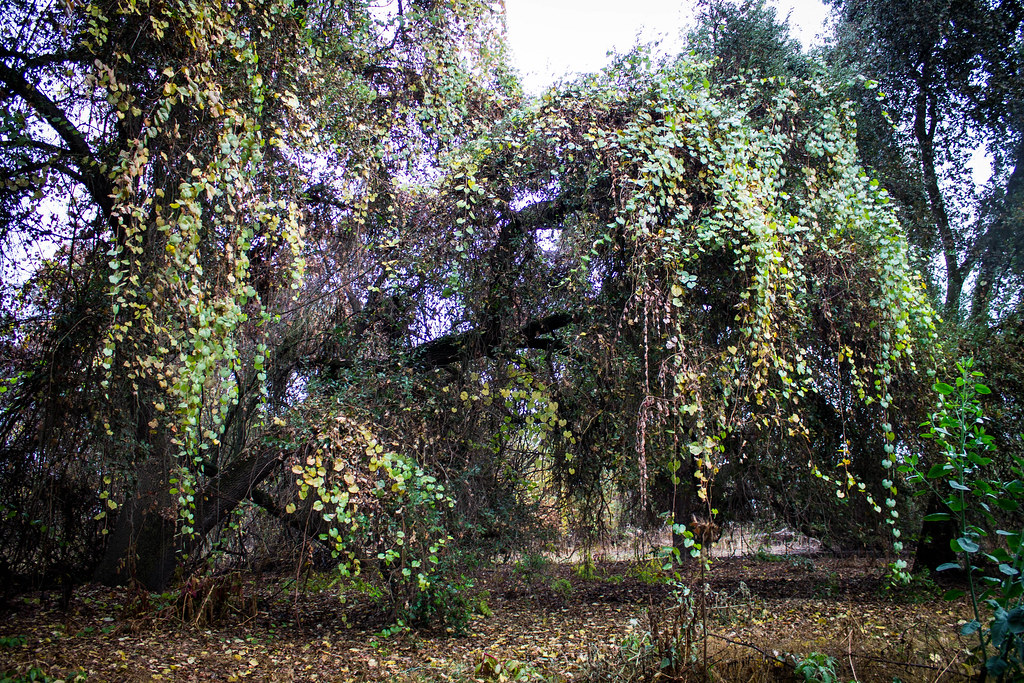


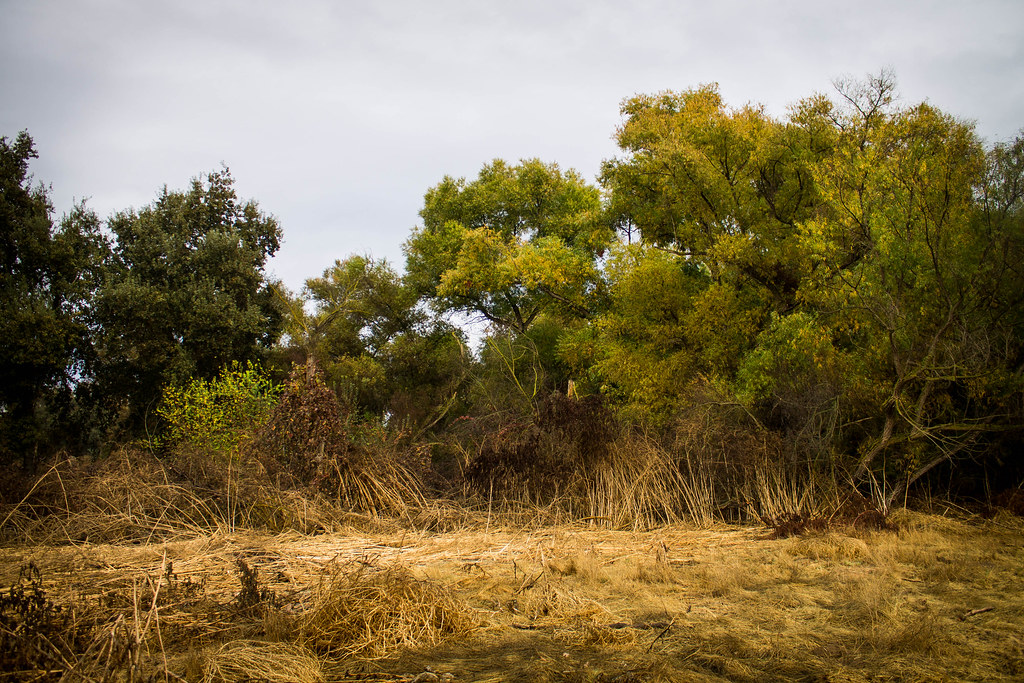
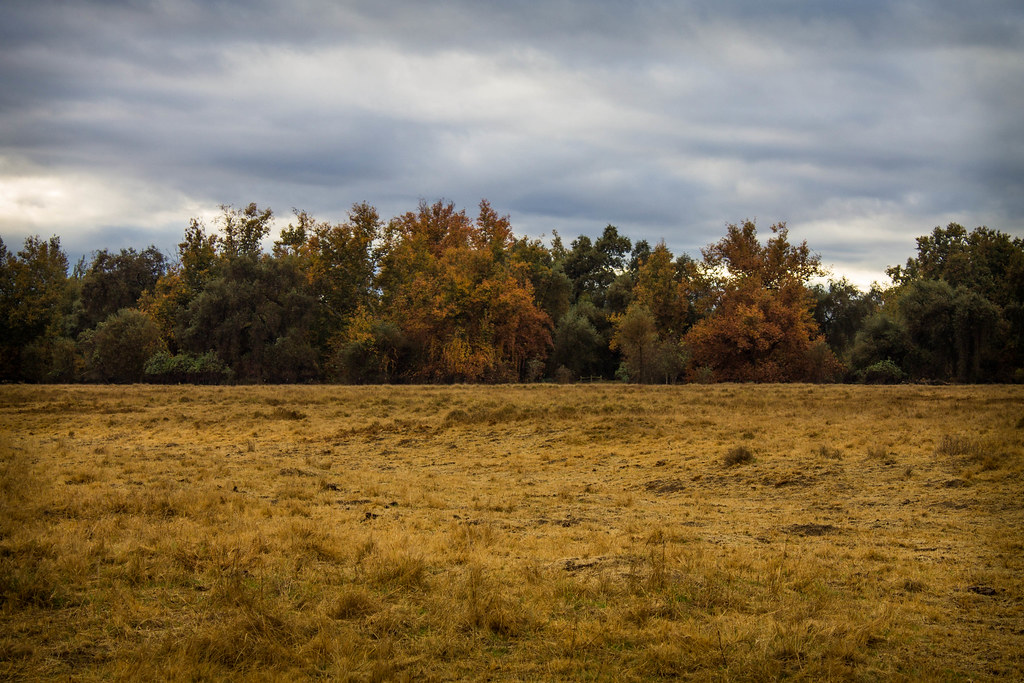

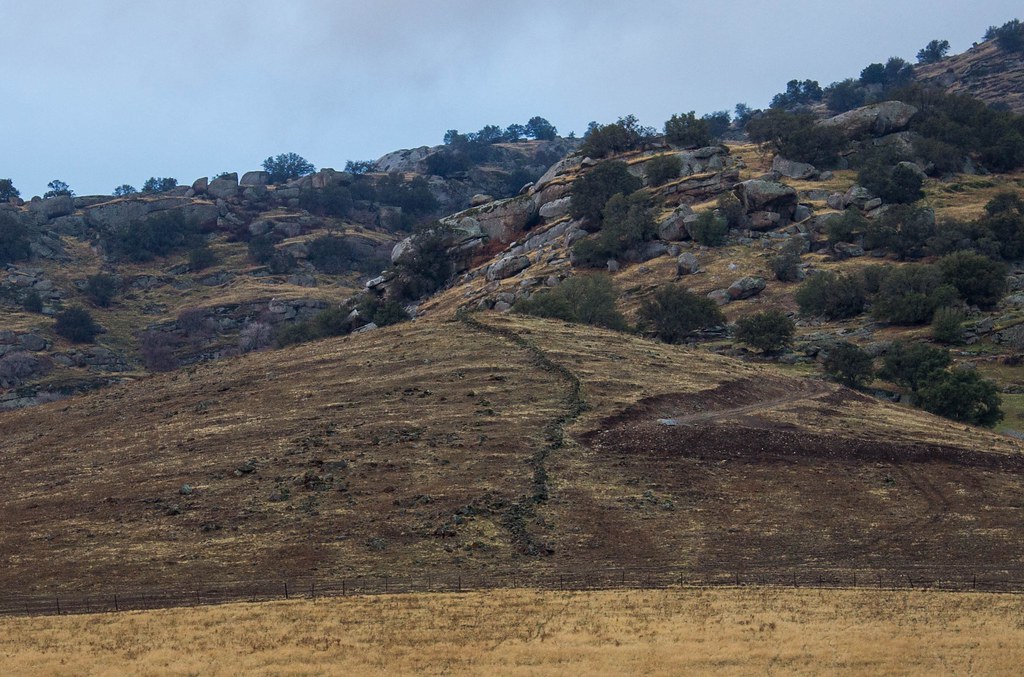
No comments:
Post a Comment